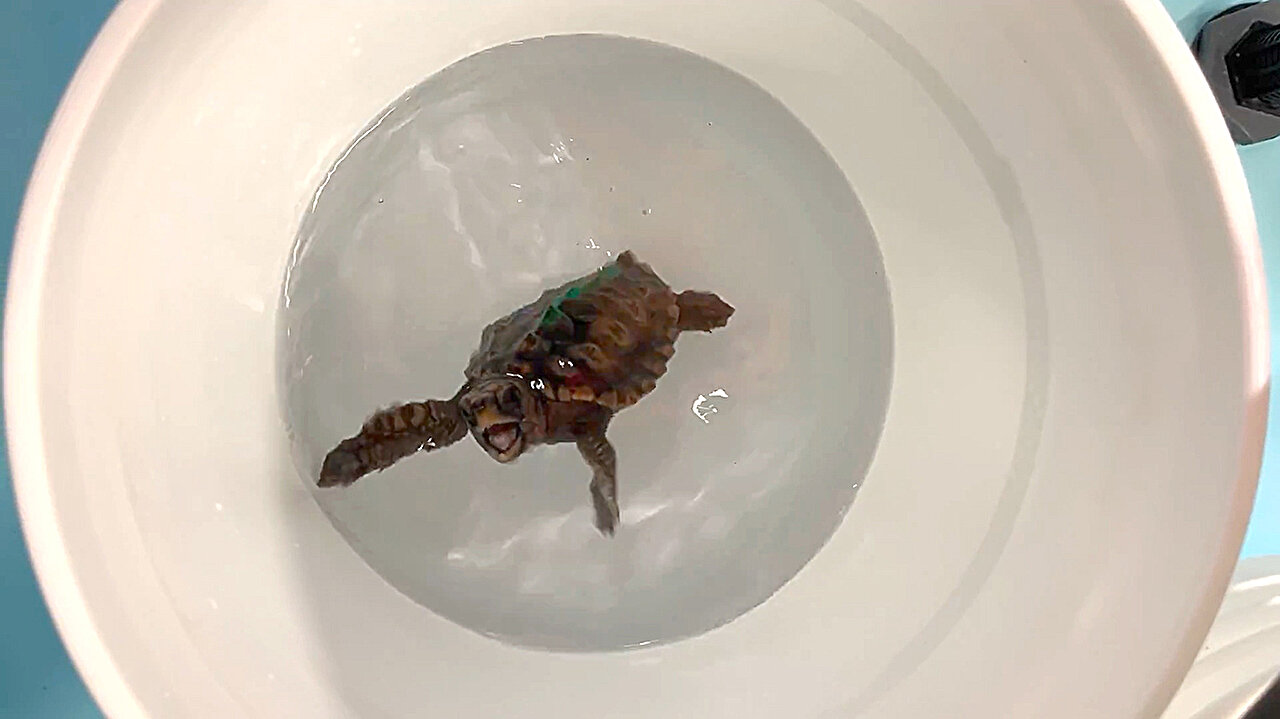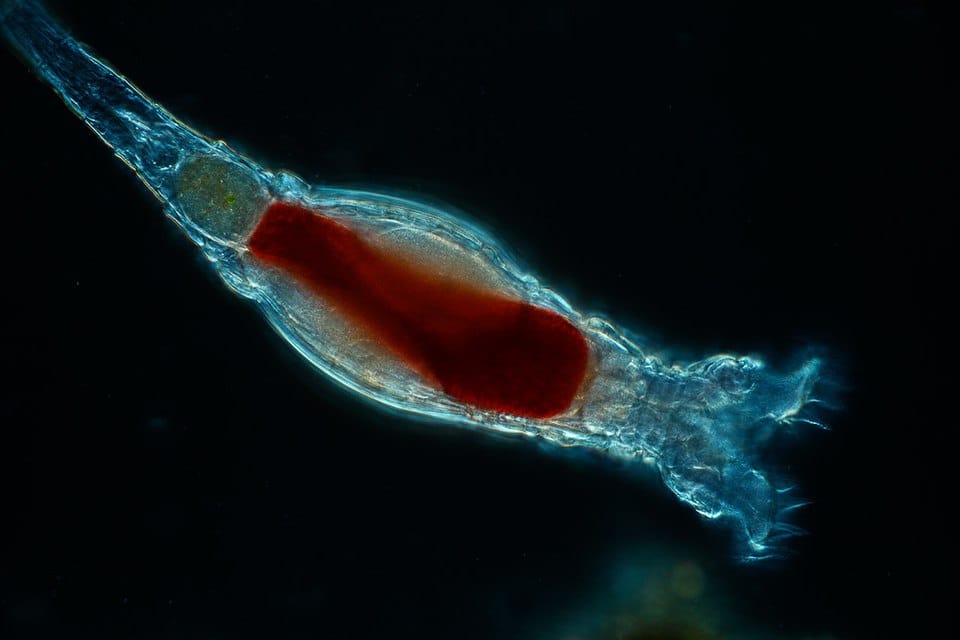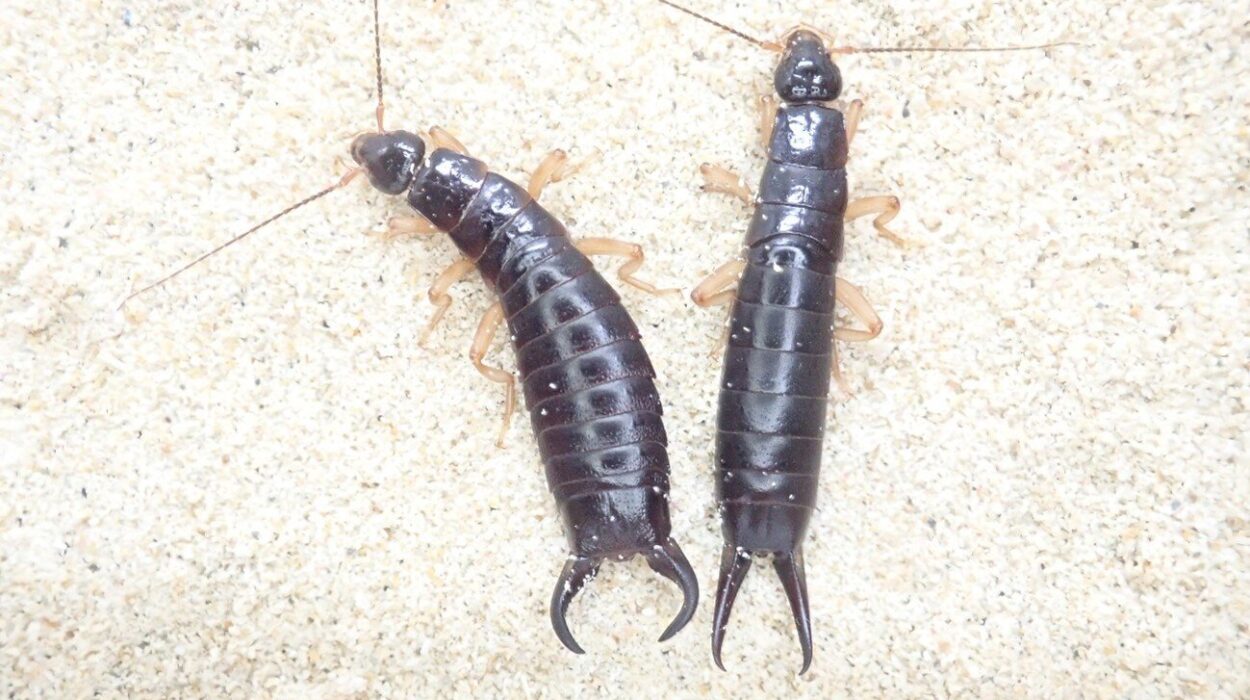Imagine a tiny creature, no bigger than the palm of your hand, embarking on one of the most remarkable journeys in the animal kingdom. This is the loggerhead turtle hatchling, a wanderer with an instinctive, built-in GPS system that guides it across thousands of kilometers of ocean. But how does it know where it is, and how does it navigate the vast, open sea? For years, scientists have been fascinated by how these hatchlings can find their way, especially given that they are born without a map or compass in the traditional sense. New research has just provided an answer, unveiling the extraordinary way in which these turtles use the Earth’s magnetic field to guide them on their epic migrations.
Unraveling the Mystery of Turtle Navigation
For decades, the world of animal navigation has been filled with wonder and mystery. Some species, like migratory birds, are known to use the stars, while others rely on the sun or the Earth’s magnetic field. In the case of loggerhead turtles, scientists knew that they possessed an extraordinary ability to sense the magnetic field of the Earth, a natural phenomenon they could use to orient themselves as they set off on their perilous journey. But what wasn’t clear was exactly how they did it—did the turtles “see” the magnetic field, or did they “feel” it?
Two main theories existed about how animals might detect Earth’s magnetic field. One suggests that light-sensitive molecules within the body could be affected by the magnetic field, allowing animals to “see” it in some way. The other theory proposes that tiny magnetite crystals embedded in the animal’s body could move within the magnetic field, allowing them to “feel” the Earth’s magnetic pull. The researchers at the University of North Carolina at Chapel Hill, led by Kayla Goforth and Catherine Lohmann, were determined to answer this question and unlock the secret behind how these young turtles find their way.
A Clever Trick to Tell “Feeling” from “Seeing”
Fortunately, the researchers had a breakthrough in their study: they discovered that hatchling loggerhead turtles have a remarkable response when they are exposed to a magnetic field. Instead of salivating, as Pavlov’s dogs might do in response to food, these hatchlings “dance” in an entirely unique way when they recognize the magnetic field associated with food. They tilt their tiny bodies, open their mouths, and waggle their front flippers in excitement—a charming behavior that could be used to reveal how they sense the magnetic field.
The team quickly realized that they could use this dancing behavior as a tool to determine whether the turtles were seeing or feeling the magnetic field. If they could somehow “turn off” the hatchlings’ ability to sense the field, they would be able to tell if the dancing behavior stopped, suggesting the turtles were relying on a “feeling” sense to detect the magnetic field.
Training Turtles to Dance
To train the hatchlings, researchers set up an ingenious experiment. They began by feeding the young turtles in specific magnetic fields—fields found in locations like the Turks and Caicos Islands and near Haiti. Over the course of two months, researchers like Alayna Mackiewicz and Dana Lim worked tirelessly to get the hatchlings to associate these magnetic fields with the possibility of food. Once the turtles had learned to associate the magnetic field with a tasty treat, they began to perform their distinctive “dance” when placed in these familiar magnetic environments.
“It’s really fun, but takes up quite a bit of time,” says Mackiewicz, with a laugh, referring to the patience and dedication required to train the turtles. The team’s goal was to ensure the turtles would respond reliably when placed in a magnetic field they had previously encountered.
After the turtles had learned their “dancing” behavior, the researchers introduced a new twist. They transferred the hatchlings to a large metal coil that emitted a strong magnetic pulse, temporarily disabling the turtles’ ability to sense the field. If the turtles continued to dance despite being zapped, it would suggest that they weren’t using their ability to feel the magnetic field. If the dancing stopped, then it would confirm that feeling the field was essential for their navigation.
The “Zap” That Revealed the Truth
With baited breath, the researchers conducted their experiment. After the turtles had been temporarily zapped by the strong magnetic pulse, they were placed back into their familiar magnetic fields. The result? The hatchlings danced less after being zapped, suggesting that they were indeed “feeling” the magnetic field to navigate, rather than seeing it. This experiment, while simple, was a groundbreaking moment in understanding how these remarkable creatures find their way across vast oceans.
“They are very food motivated and eager to dance when they think there is a possibility of being fed,” says Mackiewicz, describing the turtles’ behavior. The research revealed that the hatchlings rely on their ability to sense the magnetic field to understand their location on Earth’s magnetic map—a crucial skill for their long and arduous migrations.
A Magnetic Map and Compass for the Journey Ahead
While the study provides solid evidence that the hatchling turtles “feel” the magnetic field to determine their location, the researchers are cautious not to discount other senses at play. These hatchlings may also be using their additional ability to “see” the magnetic field as a compass, which helps them determine the direction in which they are traveling. Together, these senses work in tandem, allowing the turtles to identify their precise location on Earth’s magnetic map and set a bearing for the next leg of their journey.
The findings also reinforce the idea that the two senses—feeling and seeing the magnetic field—are complementary. The ability to feel the magnetic field helps the hatchlings identify their position, while the sense of “seeing” the magnetic field provides them with a sense of direction. With this dual sense of magnetic navigation, the young turtles are perfectly equipped to embark on their global odyssey, navigating across vast stretches of the ocean with remarkable precision.
Why This Research Matters
The study of how loggerhead turtles use Earth’s magnetic field is more than just a fascinating glimpse into the natural world—it has important implications for understanding animal migration and navigation. These turtles are not alone in using the Earth’s magnetic field to find their way. Many other animals, including birds, sea mammals, and even certain types of fish, rely on similar navigational skills.
Understanding how animals like loggerhead turtles use magnetic fields can help scientists protect these species, many of which are threatened or endangered. By gaining insight into their migration patterns and the environmental cues they rely on, researchers can work to preserve critical habitats and ensure that these animals continue their journeys for generations to come.
Additionally, the study of animal navigation can inspire innovations in technology, particularly in the fields of robotics and autonomous vehicles. If we can learn how animals navigate with such precision, we might one day be able to develop more advanced systems for human-made devices to navigate the world around us.
Ultimately, this research is a reminder of the incredible complexity of the natural world. Loggerhead turtles, born on the beach and setting off into the unknown, carry with them an ancient and finely tuned map of the Earth’s magnetic field—an essential tool for their survival in a vast, open world.
More information: Disruption of the sea turtle magnetic map sense by a magnetic pulse, Journal of Experimental Biology (2025). DOI: 10.1242/jeb.251243






